Retirement Planning
Definition
Retirement planning involves
qualitatively: how you would like to spend your time during your ‘non-working’ years
quantitatively: backing into the saving requirements, time horizon, expected returns, and strategies (and subsequent tactics and economic environment) needed to achieve those goals while factoring in short and long-term expenses.
Generally speaking, retirement planning includes pinpointing and optimizing income sources, determining lifestyle expenses, ascertaining emotive and aspirational goals (for both you and your family), employing an investment and tax minimization strategy, and effectively managing overall assets and risk.
In other words, retirement planning can be defined as continuing the lifestyle you’ve attained during your active earning years and paying for those accompanying expenses built throughout your life (along with additional expenses older age usually requires to live comfortably when you no longer work) to provide the income necessary.
Challenger
Pro-tips > best practices
Despite conventional wisdom, retirement planning with ‘rule of thumb’ cookie-cutter advice is simply too generalized to be effective, especially in the case for high-earning households.
Spending habits vary, family dynamics are different and health challenges during retirement may completely change your situation, especially if you are blindsided by poor health or experience a critical accident.
Granted, there are best practices when it comes to retirement planning, but the overarching strategy should be highly customized based on your preferences, parameters, unique circumstances, and, most importantly, where you envision yourself in the future. Net net, your situation will dictate the type of tactics you include in your retirement planning mix.
Important to note: your accustomed lifestyle during your active earning years will directly impact the complexity of your retirement planning.
TL;DR
Due to the compounding effect of money, retirement planning (agnostic to complexity level) is best addressed earlier in one’s career
Many popular investment vehicles, such as employer-sponsored plans (ESP) i.e. 401(k)s, 403(b)s, etc. allow individuals to grow their money with tax advantages
Retirement planning takes into account not only assets and income, but also future expenses (static, periodic or dynamic), liabilities and mortality / morbidity.

Retirement planning can be more complex for specialists


Professional characteristics
High-earners tend to spend more of their discretionary income and naturally have the ability to create larger lifestyles due to their higher earning potential over the years.
Frequently, they often lack the time nor have the inclination to become personal finance experts. They tend to focus on enriching their professional skills, which often grows their income and wealth, but not necessarily pragmatic, personal financial literacy.
Hyper-specific to physicians, they generally start careers later than other high-earning professionals. In addition, physicians often have accrued more educational debt and fewer years to accumulate adequate assets to sustain a lifestyle during their retirement years.
Lifestyle creep
There is an inherent temptation, after meager earnings during training, to indulge in an overly lavish (and what may seem like an overdue) lifestyle upgrade. In turn, this may also make future retirement more costly and perhaps jeopardize your retirement lifestyle.
An oversimplified example: if you make $1M a year and spend half ($500K on lifestyle); you will need to accumulate enough money to maintain $500K of active lifestyle expenses during retirement, after taxes.
As a point of reference, that would require approximately $5M at 10% interest per year or approximately $6.1M planned bankruptcy after 25 years at $500K per year to continue that same income stream, not taking into consideration inflation and other factors.
Downstream complexities
High-earners and physicians come to realize that with wealth comes complexities. Even for retirement planning, there is a downstream effect: insurance planning and risk management, trusts and estate planning, tax mitigation and investment management becomes correlated in terms of complexity.
Tax mitigation planning becomes critical in order to:
- maximize your income earned
- maintain purchasing power to anticipate inflation
- make use of every legal tax loophole within the tax code
- remain agile in an always-shifting political climate
Insurance planning and risk management need to cover larger losses of life or income if unforeseen events occur and you cannot self-insure.
Trusts and estate planning must take into consideration withdrawal rate in retirement (decumulation), estate tax funding at the Federal and / or State tax level, and understanding of the tools that are legally available for you to utilize and mitigate you and your family’s overall tax exposure while potentially still retaining control.
Retirement Planning
Strategy-first
Think of these phases as the ‘lens’ to view retirement planning. Consider your current career lifecycle (and future trajectory) to build your retirement timeline:
ACCUMULATION
In this stage, you’re actively saving for retirement and building your net worth by utilizing investment strategies and intelligent budgeting. This is your plan: make sure it reflects all your and your family’s goals and aspirations for your retirement. Develop a trusted financial planning team. Your fiduciaries should assess your risk tolerance level using a specific questionnaire. From there, your ideal strategy can be built to reflect your ideal level of risk and return.
CONSERVATION
You have passed the accumulation stage and have acquired a substantial amount of retirement savings and wealth. In this stage, the strategy shifts to protect your earnings while allowing you to save more. You are closer to retirement and have an understanding or a good idea as to what your yearly retirement income needs to be to sustain your lifestyle. Your financial planning team needs to maximize assets, leverage every advantage and utilize every tax break available. As you move closer to retirement check your course: does the team need to adjust any part of the plan to account for changes in your needs? Do you have a good idea as to what your retirement lifestyle looks like? These are the types of thought starters your financial planning team should help you uncover the answers to.
DISTRIBUTION / DECUMULATION
A well-structured distribution / decumulation strategy is just as important as the accumulation phase. You have successfully accumulated your target retirement assets across various accounts and need to have a plan in place to properly utilize your earnings and maintain your pre-retirement lifestyle.
Strategy informs tactics:


Qualified retirement accounts
Retirement plans such as 403(b)s and 401(k)s allow working individuals to put away money tax deferred until retirement. For example, if you are in the 50% tax bracket, for every dollar you place in your retirement account, you defer 50 cents in taxes. Then you can even earn compounding returns on the tax money you just saved.
A 403(b) plan is predominantly a retirement plan for Government of tax-exempt organizations. Professionals such as doctors, teachers, school administrators, nurses, Government official, etc. are eligible for this plan whereas a 401(k) plan is primarily a retirement plan for employees working in the private sector or for-profit organizations. Earnings under these plans are tax-deferred until distributed at retirement. Withdrawal before the age of 59.5 years old may levy a 10% tax penalty, plus your regular tax. Highly compensated physicians, as well as rank-and-file employees, share the same benefits of this plan. 401(a) plans are generally employer funded plans, if available.
Unlike a 403(b) and 401(k), a 457(b) plan is a non-qualified plan. Non-governmental 457(b) plans are sponsored mostly by non-profit organizations. They must limit coverage to a select group of management and highly compensated employees to satisfy the ERISA top-hat exemption. It is offered mainly to the physicians and executives at a hospital, not to the rank-and-file employees.
Non-qualified personal accounts
Retirement plans such as the 403(b) or 401(k) have strict contribution and other limits. For an individual who has discretionary funds, they may open a brokerage account. Non-qualified brokerage accounts are highly flexible with no annual funding limits, thus making them extremely popular among high-earners. You may use the assets in your brokerage account at any point in time, unlike those in a retirement plan.
Brokerage accounts are taxable in nature and all earnings derived from it such as dividends, interest, or even capital gains shall be taxable. Depending on the time period for which you have held the stock, mutual fund, bond and / or other assets, you may be liable to pay regular, short-term or long-term capital gains tax. Despite the tax component attached with it, brokerage accounts are extremely popular and may offer flexibility and other tax advantages.
Exchange Traded Funds (ETFs)
An Exchange Traded Fund (ETF) is a vehicle very similar to a mutual fund with some key differences. It is a market basket of securities, usually mimicking a market index (i.e. Standard & Poors 500 (S&P500)). There is no trading securities in the index, unless the stock is removed from the index, at which point it is replaced. In short, there is almost no trading, except if the index changes.
ETF managers target a selected index and every security in that index is bought and held as long as these stocks remain in the index. ETF’s may be purchased or sold throughout the day like individual stocks. They generally charge lower management fees, as it saves the expense of selecting, monitoring and trading individual securities.
Growth v. value stocks
To understand securities, first categorize stocks as ‘growth’ vs. ‘value.’ Let’s define these categories:
A growth stock does not signify that the price will grow faster than the market, but that the company’s earnings are expected to grow at a much faster rate of the economy. Growth companies often are young, dominant or growing markets with much future potential. Often these companies would rather reinvest their profits rather than pay out cash dividends to shareholders. These investments require more attention and you or your adviser should monitor both the direction and the underlying value of these companies.
A value stock is at the other end of the spectrum. It is typically a well-established, larger dividend paying company. These may be expected to grow at a slower pace over a longer period of time. Due to varying market or economic fluctuations, the stock price of these companies may be considered undervalued and become a good ‘value play’ i.e. to buy.
Understanding this difference is a key step in understanding how to build a great financial portfolio.
Fixed income
Most people, whether avid investors or not, have at least heard of bonds. They are essentially an I.O.U. between a lender and a borrower. The borrowers are typically corporations, states, cities, municipalities, or sovereign governments. They are used to usually finance longer-term projects.
Investors are debt-holders of the issuers and each bond has a definable maturity amount, maturity date and guaranteed interest rate. Therefore, bonds typically are ideal for those who are looking for fixed income. They may be a buffer in time of falling stock prices. However, they do not compound interest. The interest may also be completely taxable, partially taxable or even income tax free, depending upon the type of issuer.
Dividend bearing account
One of the perks of being a shareholder in a larger, more established public company is the distribution of dividends. Dividends are essentially your share of the profit. You may be entitled to lower tax rates on these dividend distributions. Dividends typically originate from an organization’s current or past accumulated profits even in loss years. They can be taken in either cash payments or you may be able to reinvest instead.
Cash dividends are easy to understand, as they are distributed to you, and are taxable in the year received. Stock dividends may have other tax rules. It is important as a shareholder to know whether your dividends are qualified or non-qualified (smaller tax rate vs. your highest tax rate).
Mutual funds
A mutual fund is a financial vehicle made up of a pool of money collected from a multitude of investors to invest in securities like stocks, bonds, money market instruments, and other assets. The portfolio of a mutual fund is structured to match a prospectus (required disclosure including the target investment choice, value, company size or company industry, etc.) that is given to all investors by the fund’s manager.
Keep in mind with mutual funds the tax implications that can possibly occur.
Savings accounts
Having a savings account is typically the most suitable option for meeting shorter-term needs. It provides security in the event of any unexpected emergencies and does not fall prey to short-term market volatility.
Advisers generally recommend to retain an emergency fund of between six to twenty four months of income based upon your style of living and other needs as a safety net.
Bank savings accounts are insured by FDIC up to $250,000, thus keeping your money secured at all times. You also earn interest on your deposits. Check if your savings account compounds yearly, quarterly, monthly or daily and when you are entitled to vest the interest. The interest rate and terms are set by the bank.
Takeaways
Quick wins
Explore tax advantaged ‘savings’ then expand
- Understand how much you need to save based on lifestyle expectations, then start with tax-favorable saving (i.e. max out 403(b), 401(k), etc.). Note: be wise about other early needs i.e. purchasing a home, education funding for children, etc.
Establish behavioral finance foundations
- Start small; try putting away 20% of your income post taxes, but before spending on lifestyle
Tax and interest ‘savings’ are just as important as ROI
- Determine if you have outstanding loans, how to optimize payments or to refinance so that you may optimize your cash flow and redirect money to better uses, lifestyle and future

